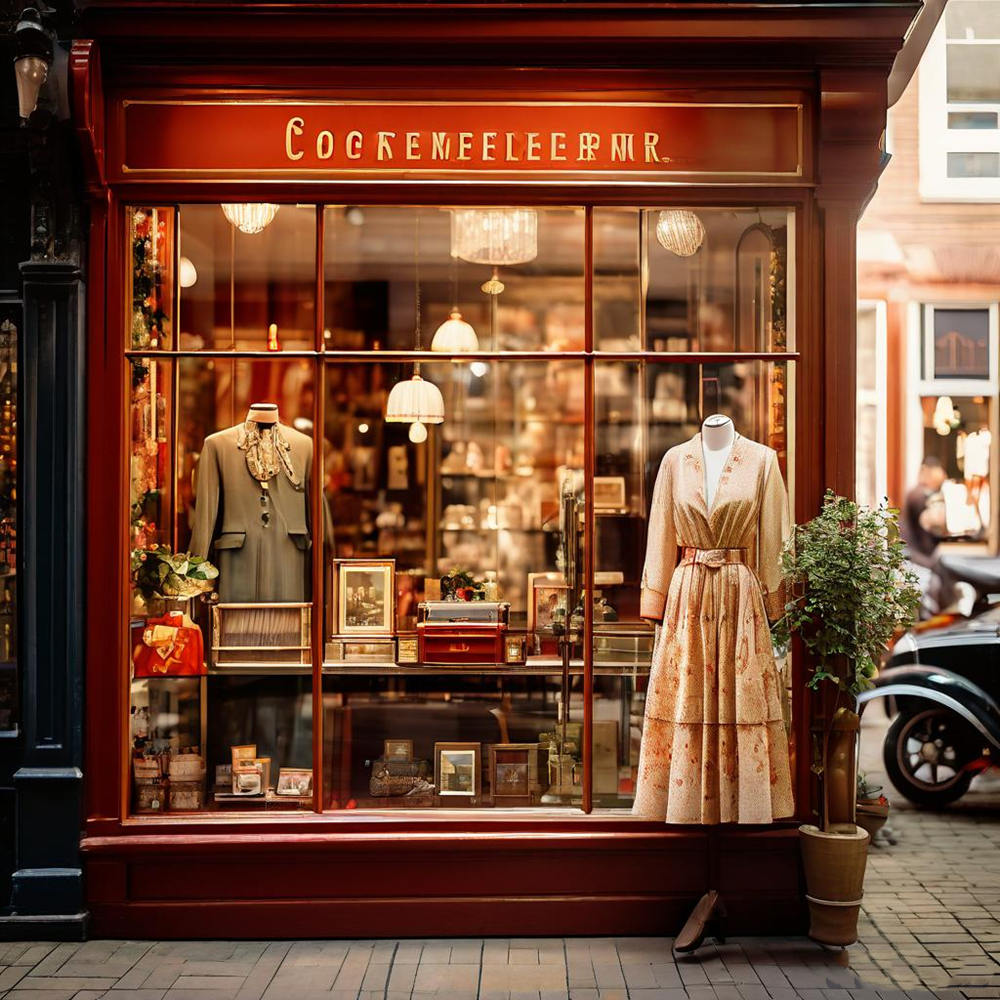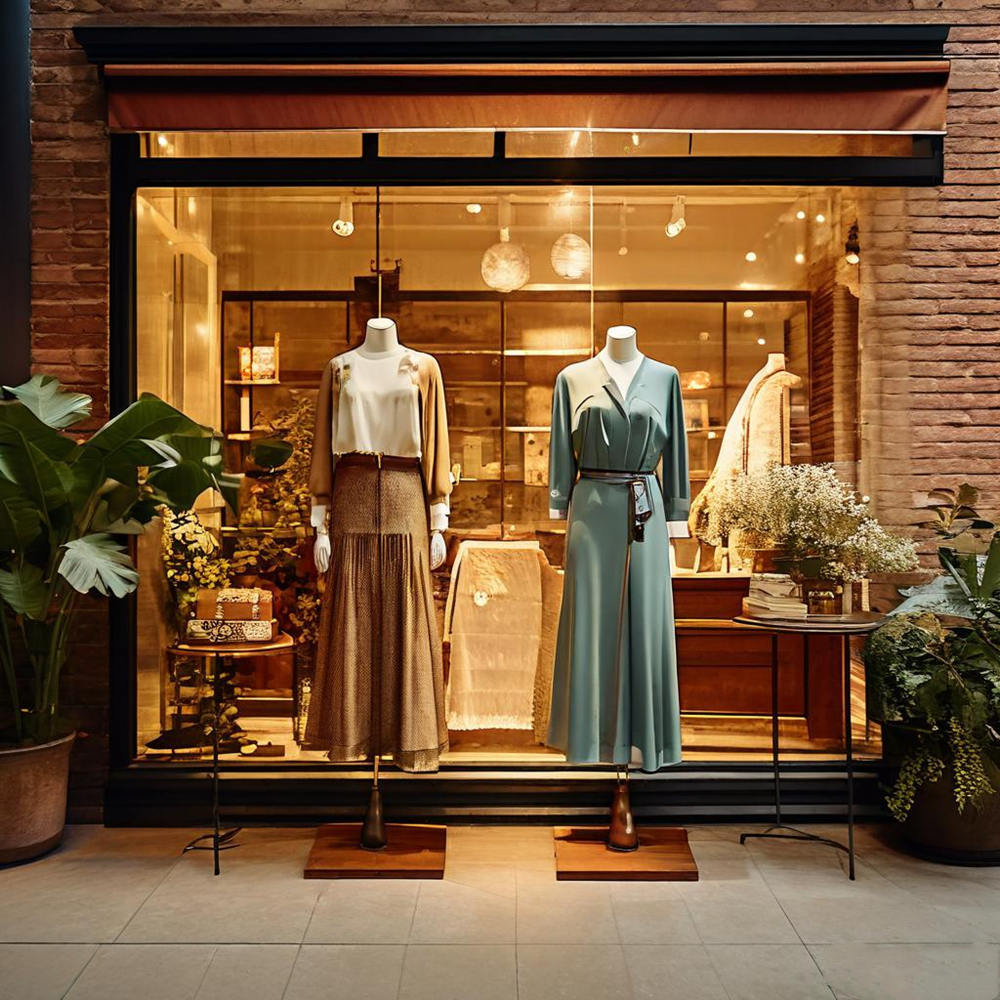Showcase Vintage Style with an Adjustable Mannequin
Vintage fashion isn’t just about wearing old clothes—it’s about celebrating history, creativity, and individuality. Whether you’re a fan of vintage style, run a boutique, or collect unique pieces, how you display them matters. A great way to show off their beauty and craftsmanship is by using an adjustable mannequin. This guide will walk you through how an adjustable mannequin can elevate your vintage collection, offer styling tips, and share ways to keep your garments in great condition.
Why Use an Adjustable Mannequin for Vintage Fashion?
An adjustable mannequin is a versatile display option with several benefits, especially for vintage clothing:
1.Adaptable Sizing: Since vintage clothes come in various sizes and shapes, adjustable mannequins can be customized to fit garments from different eras.
2.Better Presentation: You can adjust the mannequin so clothes hang naturally, highlighting their original cut and fit, which is key to showing off vintage pieces.
3.Preservation: Mannequins help garments maintain their shape and reduce the risk of wrinkles or damage, something that can happen if they’re stored flat.

How to Use an Adjustable Mannequin to Showcase Vintage Fashion
1.Get the Right Fit
Vintage clothes often don’t align with today’s sizing, which can make displaying them tricky. An adjustable mannequin lets you fine-tune the bust, waist, and hips to match the garment.
Tip: Start with the mannequin close to the garment's size and make small adjustments until the piece looks natural on the form. Pay extra attention to areas like the shoulders and bust since they affect how the garment hangs.
Thoughtful Accessories: Add era-specific accessories like hats, gloves, or jewelry to enhance the look and give people a feel for the style of that time.
Attention to Detail: Make sure the garment is buttoned or tied correctly. Small touches, like fastening buttons or adjusting a belt, can make a big difference.
Era-Appropriate Undergarments: For certain looks, like 1950s dresses, you might want to use a petticoat to give the skirt the right amount of volume.
Rotate Displays: Avoid leaving garments on display too long to prevent stretching or wear. Rotate pieces every few months.
Padding: Use acid-free tissue paper to fill out areas where the garment doesn’t fit perfectly. This helps the piece keep its shape without stressing the fabric.
Watch the Environment: Keep your mannequin in a spot where the temperature and humidity are stable. Also, avoid direct sunlight, which can fade fabrics over time.

Displaying Your Vintage Collection in Different Spaces
Creative Displays: Incorporate the mannequin into your decor. For example, a 1920s flapper dress can be the focal point in a room styled with Art Deco accents.
Fresh Displays: Keep things interesting by rotating your collection. Swap pieces out seasonally or when you want a change.
2.In a Boutique
Presentation is key for boutique owners. Adjustable mannequins can help you highlight important pieces and set the tone for your store.
Seasonal Showcases: Use mannequins to display seasonal items, like a boho dress in spring or a wool coat in winter. Adjust the mannequin to create a display that invites customers in.
Eye-Catching Windows: A striking vintage piece on a mannequin in your window can grab attention and draw people into your store.
3.In Exhibitions
For museums or fashion exhibits, adjustable mannequins are essential for showing garments in their best light.
Custom Fits: Tailor the mannequin to each piece so it looks its best on display, especially for delicate or uniquely shaped garments.
Historical Context: Consider adding information about the era, designer, or previous owner of the garment. This gives viewers a deeper appreciation of the piece.

Choosing the Right Adjustable Mannequin
When selecting an adjustable mannequin, keep the following in mind:
1.Material: Mannequins come in different materials like plastic, fiberglass, or wood. Choose one that complements your space and is gentle on your clothes.
2.Adjustability: Make sure the mannequin can be adjusted in key areas like the bust, waist, hips, and height to accommodate a variety of garments.
3.Durability: If you plan on changing your display often, invest in a mannequin that can handle frequent adjustments.

Conclusion
An adjustable mannequin is a must-have for anyone looking to display vintage fashion at its best. It offers flexibility in how you present pieces, helps garments retain their shape, and makes your collection shine. Whether you’re a collector, shop owner, or museum curator, an adjustable mannequin will take your vintage display to the next level and ensure your pieces are appreciated for the works of art they are.
Why Use an Adjustable Mannequin for Vintage Fashion?
An adjustable mannequin is a versatile display option with several benefits, especially for vintage clothing:
1.Adaptable Sizing: Since vintage clothes come in various sizes and shapes, adjustable mannequins can be customized to fit garments from different eras.
2.Better Presentation: You can adjust the mannequin so clothes hang naturally, highlighting their original cut and fit, which is key to showing off vintage pieces.
3.Preservation: Mannequins help garments maintain their shape and reduce the risk of wrinkles or damage, something that can happen if they’re stored flat.

How to Use an Adjustable Mannequin to Showcase Vintage Fashion
1.Get the Right Fit
Vintage clothes often don’t align with today’s sizing, which can make displaying them tricky. An adjustable mannequin lets you fine-tune the bust, waist, and hips to match the garment.
Tip: Start with the mannequin close to the garment's size and make small adjustments until the piece looks natural on the form. Pay extra attention to areas like the shoulders and bust since they affect how the garment hangs.
2.Create an Authentic Look
Once the mannequin is adjusted, add details that reflect the style of the time.Thoughtful Accessories: Add era-specific accessories like hats, gloves, or jewelry to enhance the look and give people a feel for the style of that time.
Attention to Detail: Make sure the garment is buttoned or tied correctly. Small touches, like fastening buttons or adjusting a belt, can make a big difference.
Era-Appropriate Undergarments: For certain looks, like 1950s dresses, you might want to use a petticoat to give the skirt the right amount of volume.
3.Protect Your Pieces
Displaying vintage clothes isn’t just about showing them off—it’s about keeping them in good shape.Rotate Displays: Avoid leaving garments on display too long to prevent stretching or wear. Rotate pieces every few months.
Padding: Use acid-free tissue paper to fill out areas where the garment doesn’t fit perfectly. This helps the piece keep its shape without stressing the fabric.
Watch the Environment: Keep your mannequin in a spot where the temperature and humidity are stable. Also, avoid direct sunlight, which can fade fabrics over time.

Displaying Your Vintage Collection in Different Spaces
1.At Home
If you’re a collector displaying your pieces at home, an adjustable mannequin can be both functional and decorative.Creative Displays: Incorporate the mannequin into your decor. For example, a 1920s flapper dress can be the focal point in a room styled with Art Deco accents.
Fresh Displays: Keep things interesting by rotating your collection. Swap pieces out seasonally or when you want a change.
2.In a Boutique
Presentation is key for boutique owners. Adjustable mannequins can help you highlight important pieces and set the tone for your store.
Seasonal Showcases: Use mannequins to display seasonal items, like a boho dress in spring or a wool coat in winter. Adjust the mannequin to create a display that invites customers in.
Eye-Catching Windows: A striking vintage piece on a mannequin in your window can grab attention and draw people into your store.
3.In Exhibitions
For museums or fashion exhibits, adjustable mannequins are essential for showing garments in their best light.
Custom Fits: Tailor the mannequin to each piece so it looks its best on display, especially for delicate or uniquely shaped garments.
Historical Context: Consider adding information about the era, designer, or previous owner of the garment. This gives viewers a deeper appreciation of the piece.

Choosing the Right Adjustable Mannequin
When selecting an adjustable mannequin, keep the following in mind:
1.Material: Mannequins come in different materials like plastic, fiberglass, or wood. Choose one that complements your space and is gentle on your clothes.
2.Adjustability: Make sure the mannequin can be adjusted in key areas like the bust, waist, hips, and height to accommodate a variety of garments.
3.Durability: If you plan on changing your display often, invest in a mannequin that can handle frequent adjustments.

Conclusion
An adjustable mannequin is a must-have for anyone looking to display vintage fashion at its best. It offers flexibility in how you present pieces, helps garments retain their shape, and makes your collection shine. Whether you’re a collector, shop owner, or museum curator, an adjustable mannequin will take your vintage display to the next level and ensure your pieces are appreciated for the works of art they are.




.jpg?imageView2/1/w/120/h/180/q/60)

